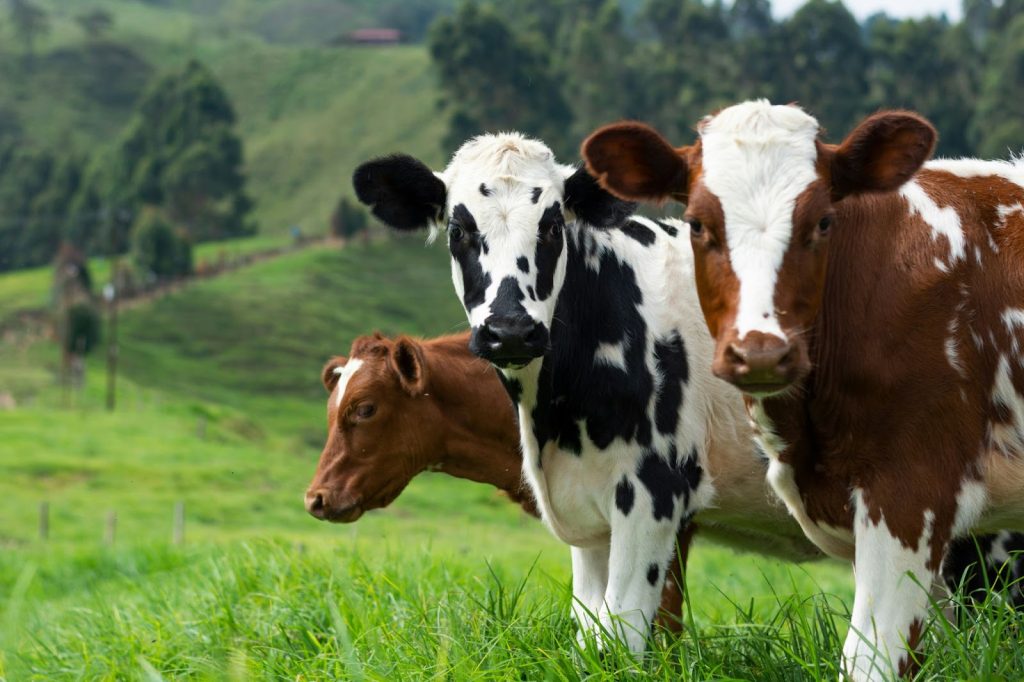Cattle play a major role in global agriculture, and their export continues to rise every year. From meat production to dairy farming, cattle provide essential resources for countries around the world. This makes them one of the most traded livestock categories in international markets. To understand why cattle hold such a dominant position, it is important to explore the many factors that influence demand, trade, and long-term value.
This article explains the key reasons cattle remain the most exported livestock worldwide, and how global supply chains support this thriving industry.
1. High Global Demand for Beef and Dairy Products
Cattle are the backbone of two of the largest food industries: beef and dairy. Countries with high meat consumption—such as the United States, China, and countries in the Middle East—depend heavily on imported cattle to meet growing demand. At the same time, dairy products like milk, cheese, yogurt, and butter are consumed daily across the world.
The increasing popularity of high-protein diets has also boosted demand for beef. As incomes rise in developing countries, more people are able to afford animal protein, pushing demand even further. Because cattle can meet both meat and dairy needs, they naturally become the most widely exported livestock category.
2. Strong Market Opportunities for Breeding Cattle
Breeding cattle exports are a major part of international trade. Many countries import cattle specifically for breeding purposes, hoping to enhance their local herds. Exporters often supply high-quality breeds known for improved genetics, better growth rates, disease resistance, and strong milk or meat productivity.
Countries with smaller or developing agricultural sectors often depend on imported cattle to strengthen their domestic livestock industries. This creates continuous demand for breeding cattle from nations known for superior livestock standards. The ability of cattle to adapt to different climates and farming systems also makes them ideal for export to diverse regions around the world.
3. Researching Market Demand and Reliable Trade Partners
Understanding market demand is one of the most important steps in the livestock export industry. Exporters identify which regions require cattle for food production, breeding, or farm expansion and match these needs with available supply. Reliable trade partners help maintain a strong flow of cattle to high-demand markets.
Exporters can also look to established trade partners such as Australia’s Livestock Exporters, which connects global buyers with premium Australian breeding cattle and livestock, and they are a strong example of how specialised exporters succeed by matching high-demand markets with reliable supply chains. This level of specialization helps maintain market stability and ensures that cattle exports remain consistent and trusted worldwide.
4. Cattle Provide Multiple Economic Benefits
Another reason cattle dominate global livestock exports is their strong economic value. Cattle offer a wide range of products, including:
- Beef
- Milk
- Leather
- By-products used in cosmetics and pharmaceuticals
- Manure used as fertilizer
- Breeding value for improving herds
This variety of uses makes cattle extremely profitable for farmers, exporters, and importers. Countries that import cattle often do so because they want to strengthen their own agricultural industries and increase economic growth. Additionally, the cattle trade provides thousands of jobs in farming, transport, shipping, veterinary care, and processing.
5. Understanding Logistics and Supply Chain Considerations
Cattle are exported through well-developed supply chains that include transport, preparation, veterinary checks, and customer requirements. Efficient logistics make it easier to ship cattle over long distances while maintaining their health and safety. Export companies use specialized carriers, feeding schedules, and health monitoring systems to ensure quality during transport.
Exporters also learn from successful models in the industry. For example, partners such as Australia’s Livestock Exporters demonstrate how well-managed supply chains can ensure safe, ethical, and reliable export operations. Their systems show how logistics expertise can support large-scale cattle exports while meeting strict global standards.
With continuous improvements in transport technology and welfare practices, cattle exports remain highly organized and widely supported worldwide.
6. Cattle Adapt Well to Different Climates
Cattle have an impressive ability to adapt to a variety of climates, from hot and humid regions to cold and dry environments. This versatility allows exporters to supply cattle to countries across Asia, Africa, the Middle East, and South America. Certain breeds are specifically known for their adaptability, such as:
- Bos taurus breeds like Angus and Hereford, suited for cooler climates
- Bos indicus breeds like Brahman, ideal for hot environments
This adaptability makes cattle a safe investment for importing countries. Farmers know they can raise cattle successfully regardless of local weather or terrain.
7. Advances in Animal Health and Management
Modern veterinary practices have greatly improved the quality of exported cattle. Health testing, vaccinations, and strict animal welfare standards ensure that exported cattle are healthy and meet importing country requirements.
Improved nutrition, handling methods, and stress-reduction strategies have also made transport safer. Importers trust exporters who follow high animal welfare standards, and this growing trust helps maintain cattle’s top position in global livestock trade.
8. Strengthening Food Security Worldwide
Many countries depend on cattle imports to support national food security. Beef and dairy products are important sources of nutrition, and cattle help meet these needs quickly and efficiently. Importing live cattle allows countries to expand local production, meet national dietary demands, and stabilize food prices.
Exporting nations benefit from this ongoing demand as they continue to supply cattle to regions with limited agricultural resources. This mutual dependence strengthens the global cattle market and keeps exports consistent.
Conclusion
Cattle remain the most exported livestock worldwide for many reasons—high demand for beef and dairy, strong breeding opportunities, reliable trade partners, and efficient logistics systems. Their adaptability, economic value, and health standards further support their position as leaders in global livestock trade.
